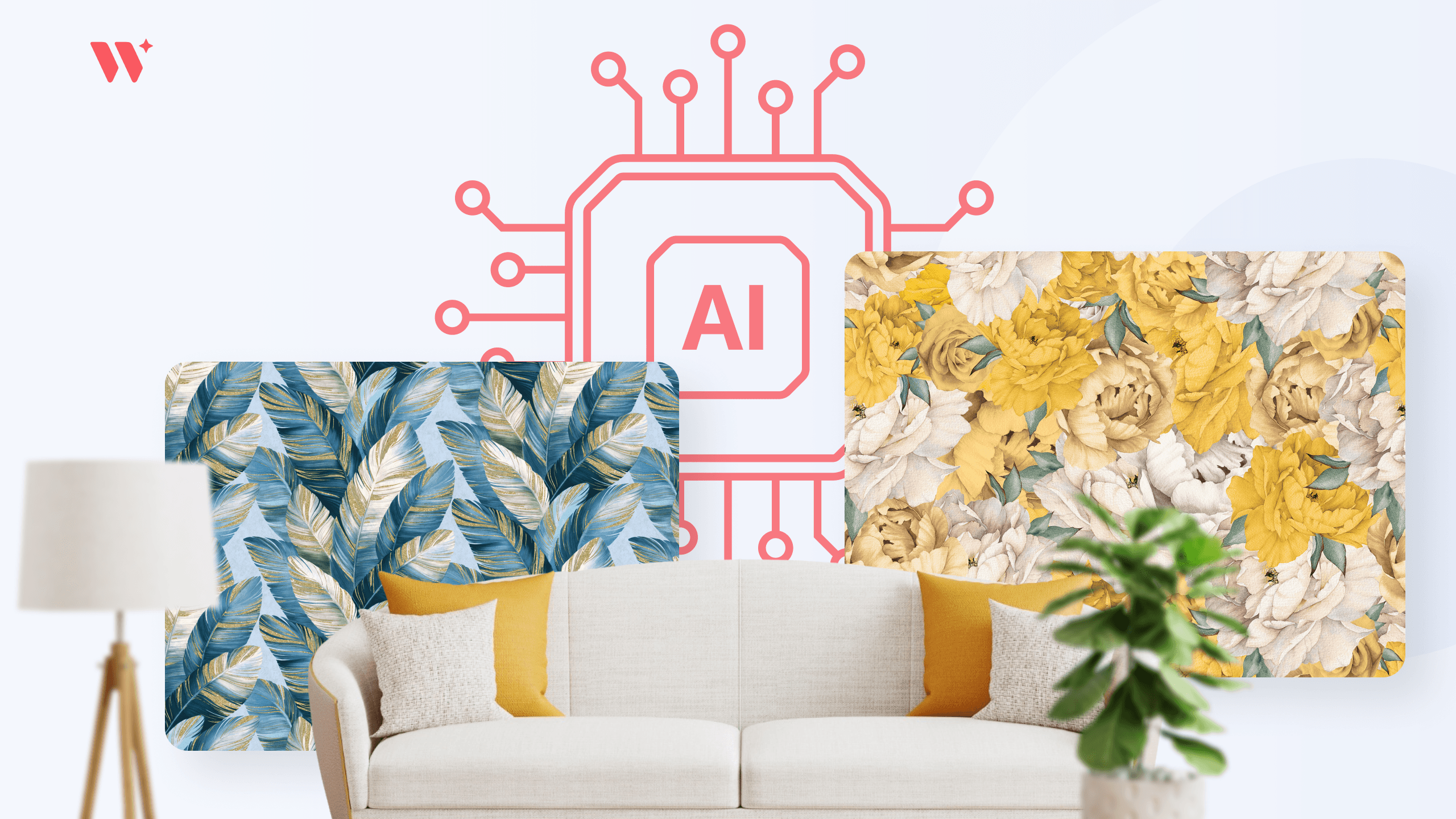How the Development of Artificial Intelligence Affects the Finishing Materials Market

Today, even something as tactile and visual as selecting wallpaper or tiles can involve AI – from photo-based previews to smart recommendations. What was once considered experimental is now becoming a practical tool for manufacturers, distributors, and sellers of finishing materials.
Digital technologies are gradually becoming part of the customer journey – especially in the early stages of product selection. This shift is also changing how businesses in the sector operate.
Practical Use of AI in the Finishing Materials Market
AI isn't a magic solution, but it's proving useful in areas where automation, pattern recognition, and personalization add value. In the finishing materials industry, the most common applications fall into three categories: visualization, recommendation, and analytics.

Recognizing Surfaces in Photos
One of the most common uses of AI in this market is the ability to identify surfaces in user-uploaded photos – like walls, floors, or ceilings – and apply selected materials to them. For example, a customer can take a photo of their room, upload it, and see how a specific tile or wall color would look in their own space.
This gives a much clearer and more personal understanding than standard catalog images, helping customers feel more confident in their choices.

Personalized Suggestions
AI-based recommendation systems analyze browsing behavior – such as which products a user clicks on, which filters they use, and how they interact with different categories. Based on this information, the system suggests materials that might be a better fit.
This approach is especially helpful in large online catalogs, where customers often struggle to narrow down their options. Smart suggestions make the experience more efficient and reduce decision fatigue.

Real-Time Visualization
Speed matters. In the past, rendering material previews could be slow or require powerful devices. With AI-powered tools, the process is now much faster and often works directly in the browser or a mobile app.
This opens the door to integrating visual configuration into product pages, online catalogs, or design platforms – without requiring specialized software or advanced hardware.
Analytics and Trend Monitoring
On the business side, AI also helps analyze large volumes of data about customer behavior. It can reveal which materials are getting attention, which styles are commonly combined, and how preferences shift across time or regions.
This kind of insight supports more informed decisions about product development, merchandising, and marketing – going beyond assumptions and relying on actual usage data.
How These Tools Are Changing the Industry
For years, finishing materials were sold primarily through physical catalogs, showrooms, and in-person consultations. These methods are still valuable, especially at the final stages of decision-making. But before that – when customers are exploring ideas – digital tools are increasingly taking the lead.
Today’s buyers want the freedom to explore options on their own time. That could mean browsing late at night, comparing materials from a phone, or sharing visualizations with a partner before visiting a showroom. AI tools help support this behavior by making the exploration phase more interactive and user-friendly.
Businesses also gain from this shift. Visualization reduces uncertainty and product returns. Recommendations increase engagement across the full catalog. Analytics make it easier to adjust product lines based on real interest – not just historical sales.
Why It Makes Sense to Pay Attention
AI doesn’t replace the physical aspect of the business – customers still want to touch materials, see them under real lighting, and compare samples side by side. What AI does is improve everything that leads up to that moment.
Importantly, these tools are now within reach. Companies don’t need to build them from scratch. There are ready-made, adaptable platforms that can be integrated into existing digital infrastructure. This makes AI adoption more practical – even for small and mid-sized businesses.
Those who adopt early tend to gain an advantage. Their customers spend less time hesitating, their teams spend less time answering repetitive questions, and their product lines are more in tune with current demand.
Final Thoughts
The finishing materials market is changing gradually, not overnight. But the direction is clear: visual, fast, and user-driven tools are becoming standard expectations. Artificial intelligence is helping shape this new normal – not by disrupting the industry, but by enhancing how companies connect with customers and present their products.
Businesses that recognize this shift and invest in AI-driven solutions are likely to see stronger engagement, smoother operations, and better long-term outcomes.

At Wizart, we work with manufacturers, distributors, and retailers of finishing materials to help them implement such tools with minimal overhead and maximum usability – whether the focus is visualization, personalization, or data insights. If you're exploring ways to modernize the product experience, we're here to support that transformation with practical, ready-to-integrate technology.
